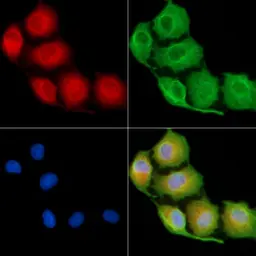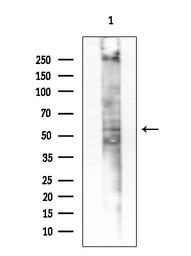EDAR antibody
Cat. No. GTX04637
Cat. No. GTX04637
-
HostRabbit
-
ClonalityPolyclonal
-
IsotypeIgG
-
ApplicationsWB ICC/IF IHC-P
-
ReactivityHuman, Mouse


